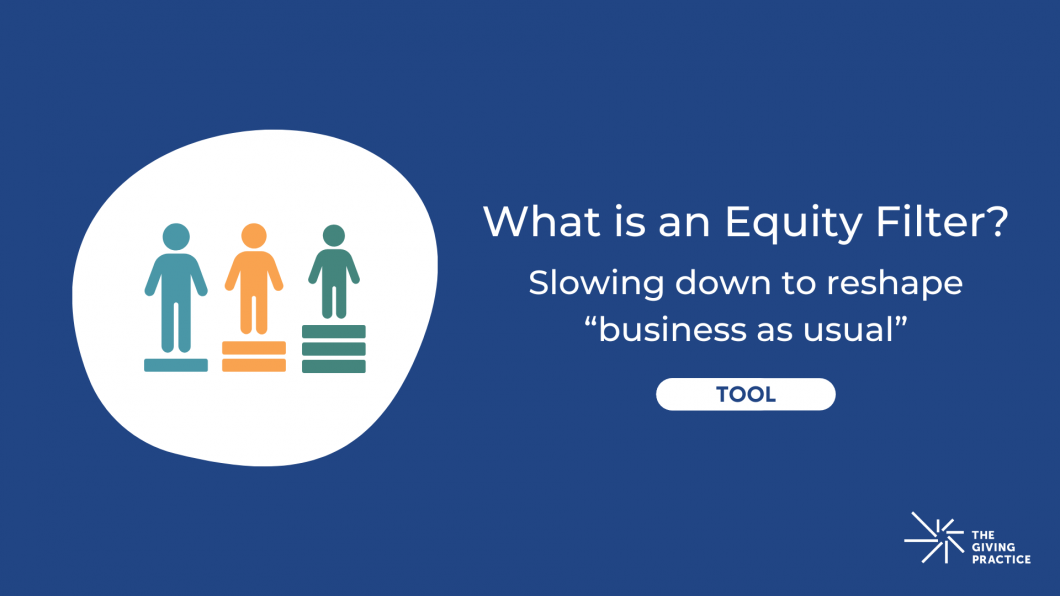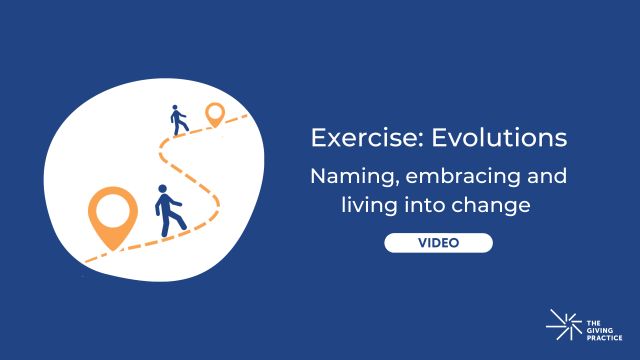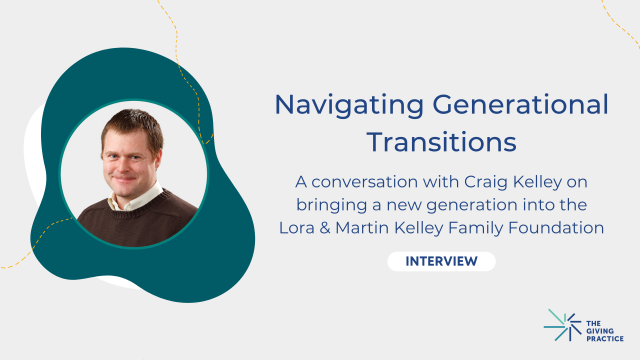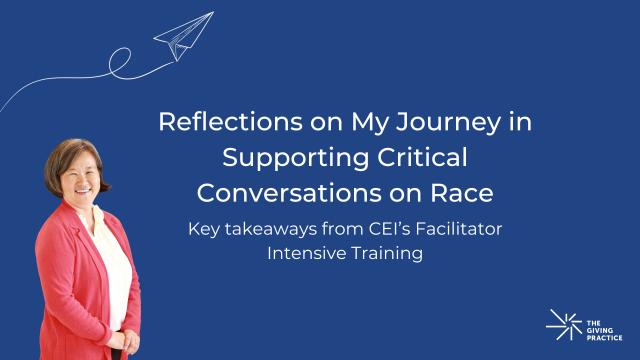
As foundation staff and boards continue to do the critical work of consciousness raising*, relationship-building and culture-shifting along their racial equity** journeys we’re increasingly hearing our clients ask, “What’s next?” “How do we go deeper?” “How do we put our commitment into practice?”
One step that we often recommend to clients is to design and adopt an organizational equity filter (also sometimes called an equity lens).
What is the purpose of an equity filter?
Despite all the trainings we attend or the equity statements we spend hours to articulate, without the appropriate mechanisms in place, it is easy to continue along with “business as usual” practices that perpetuate inequities. Equity filters help organizations pause, challenge and disrupt these practices. They ask us to slow down and integrate a higher level of intentionality into our decision-making such that we advance equitable outcomes and begin to shift inequitable systems and structures in our day-to-day work.
So, what exactly is an equity filter?
An equity filter is a series of prompts or questions that individuals, groups or organizations can use to help make more equitable decisions – to interrogate biases (whether implicit or explicit), name power structures at play, and ensure equity and inclusion are being centered and advanced throughout the decision-making process.
Equity filters are unique to each organization; however, common prompts or questions include***:
- What are the intended outcomes, and do they support equity and inclusion?
- Whose voice and perspectives are included? Who is not included and should be?
- Who is most impacted? Do they have voice, agency and power in this situation?
- What might be unintended outcomes? How might we mitigate them?
- How will we communicate this decision in a culturally responsive and equitable way?
- Evaluating your decision: how did this decision increase (or decrease) equity and inclusion?
How do we create an equity filter?
- Form a cross-functional design team
We encourage organizations to design equity filters with cross-functional groups. We have found that by bringing together staff from various roles – from executive teams to entry-level staff – as well a diversity of racial and other identities, the more perspectives we have, and the more well-rounded and tailored to the organization the filter becomes.
- Situate your filter within your organizational context
We suggest that groups begin by surfacing assumptions that you are bringing to the decision, including what you consider non-negotiable and why. This helps put the decision in a larger context and think through and interrogate what elements can or cannot change.
- Lean into existing examples
Instead of starting from scratch, we suggest reviewing other examples of equity filters like this one from the Center for Nonprofit Advancement, this example from the Omaha Community Foundation or Race Forward’s Racial Equity Impact Assessment, and working to tailor it to your organization.
When do we use an equity filter?
While there is no hard and fast rule for when to use an equity filter, we find that it helps in key design and decision-making moments, specifically when these decisions impact multiple people, teams or programs. Some examples of when to use an equity filter include designing and finalizing a job description or making funding decisions.
Using an equity filter in practice.
When teams are first adopting equity filters it can feel clunky. You might need time to adjust what questions work best for your filter or how it applies to different parts of your organization. You may also find that the process of running through these questions feels daunting, but the more you use it in your work, the easier it becomes. Remember, equity filters are meant to slow us down and help us think deeply and intentionally about our decisions, who is affected, and the outcomes and impact of our actions. Over time, and with regular use, the hope is that the equity lens simply becomes the way people in the organization think and make decisions – and a standalone tool is no longer needed.
We recently heard a client compare using an equity filter to cooking:
As we move more deeply into our commitment to equity, tools like equity filters are tangible ways to think strategically about whether the decisions, programs or policies we make lead to greater equity and inclusion.
*Consciousness-raising is the practice of developing awareness around systems of inequities – in this specific context it refers to developing an understanding of how social and historical contexts shape systemic racism and our roles in dismantling these inequities. Common activities include DEI trainings, anti-racism trainings, seeking out non-dominant narratives to advance personal learning, etc.
** We use equity & racial equity interchangeably and defined as: the promotion of systems and practices that support just educational, economic, health & social outcomes for people regardless of race, ethnicity and other intersectional identities including gender, sexual orientation, socio-economic status, disability, religion, and immigration status.
*** These prompts have been adapted from Race Forward’s (formerly, Center for Social Inclusion) Equity Lens Categories
If you are looking for support to deepen your organization’s equity commitment, please reach out to us at hello@thegivingpractice.org
Emily Daman is a Senior Analyst and Lalitha Vaidyanathan is a Senior Advisor at TGP. You can learn more about our team here.
Join our mailing list to stay up to date on our latest reflections, insights, interviews and more.




